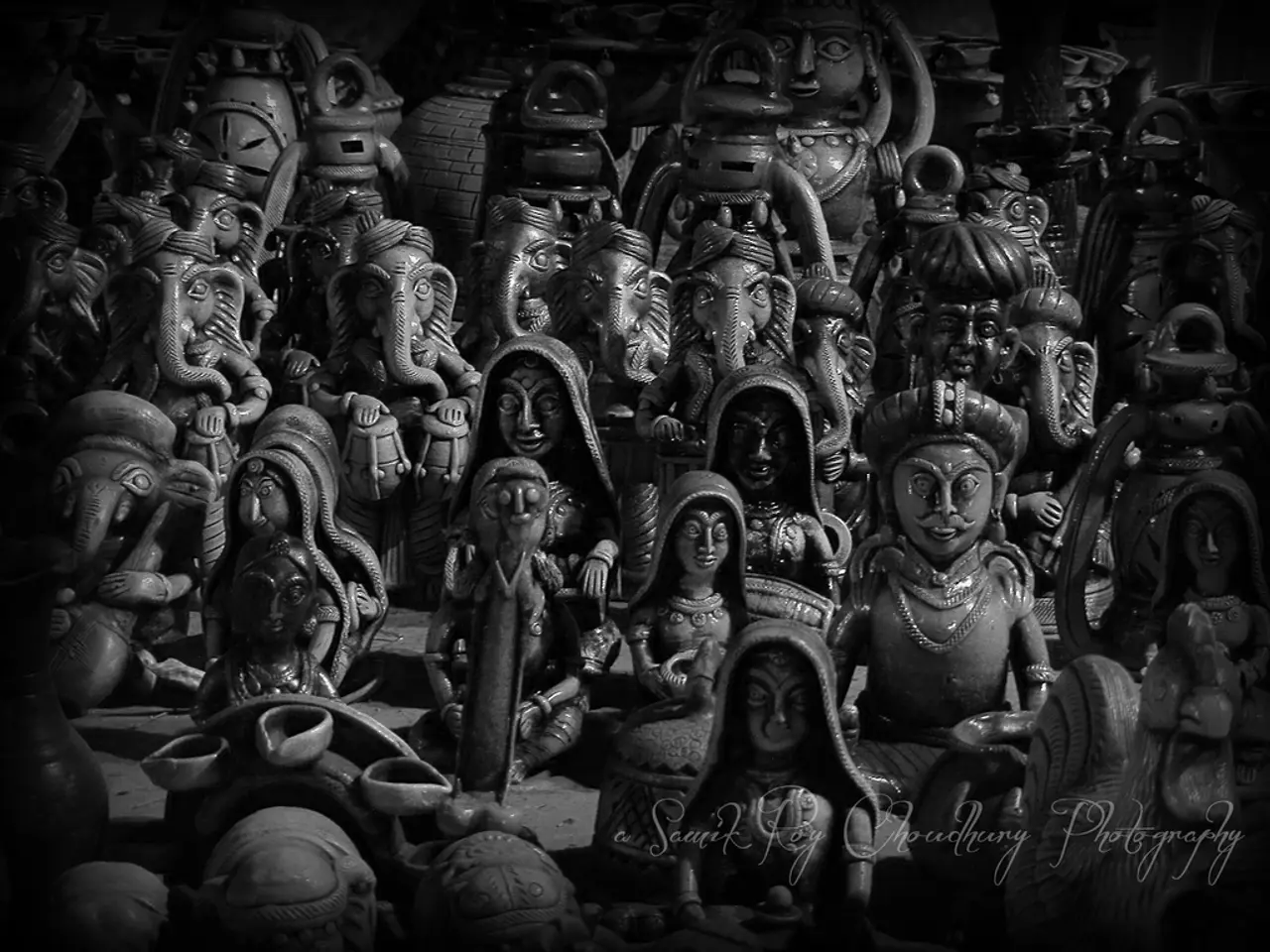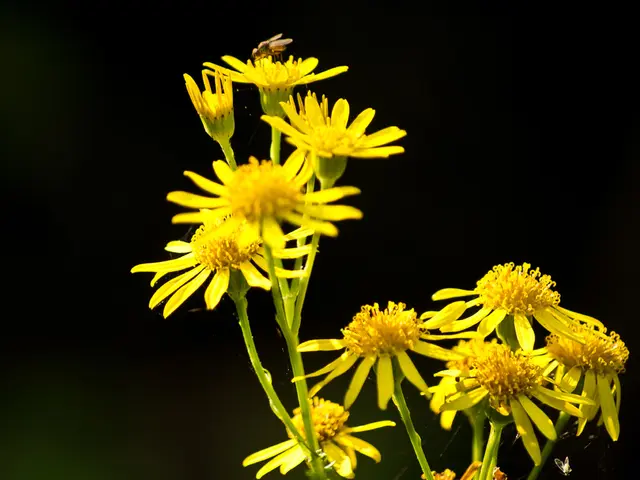Ramayana's Women: Challenging Dominant Narratives in Alternative Retellings
The Ramayana, an ancient Indian epic, has seen diverse retellings across cultures and time. However, the role of women, particularly Sita, often varies significantly in these narratives. While mainstream retellings often prioritize male perspectives, alternative versions challenge this norm, as highlighted in a recent Outlook Magazine article by Raj Shah.
In Karnataka, alternative retellings of the Ramayana place Sita at the forefront, diminishing Rama's role. This challenges dominant Hindu nationalist narratives, which often emphasize Rama's triumph over Ravana during Vijayadashami or Dussehra. These alternative versions draw from oral and written traditions that portray women as visionaries, rebels, and change-makers.
Sita, for instance, is depicted as a daughter of Ravana in a Kannada folk ballad, conceived after he eats a sweet mango given by Shiva. In contrast, the original Ramayana portrays Sita as a visionary who takes risks and represents her country, unwilling to succumb to fear. Alternative versions, such as folk and Dalit tellings, also place Sita at the center, reducing Rama's role. Despite these varied portrayals, women in the Ramayana remain sidelined in many male-dominated retellings.
The Ramayana continues to inspire diverse retellings across India, with each iteration adding new versions and protagonists. These adaptations challenge traditional narratives, offering fresh perspectives on the roles of women in the epic. However, the struggle for women's voices to be heard and valued persists, reflecting broader societal issues.





